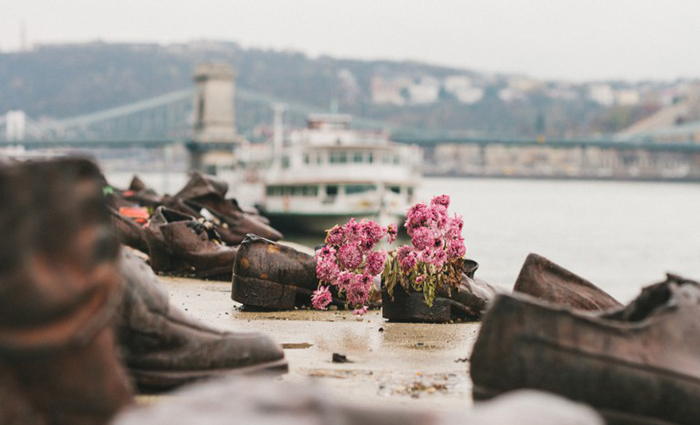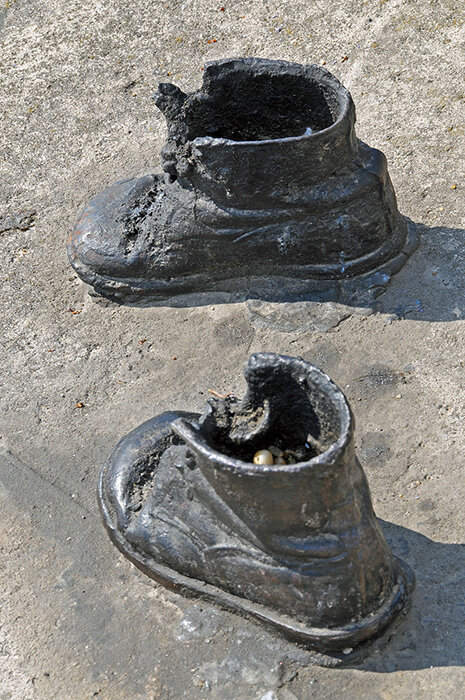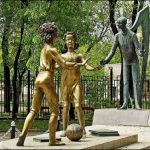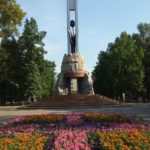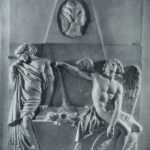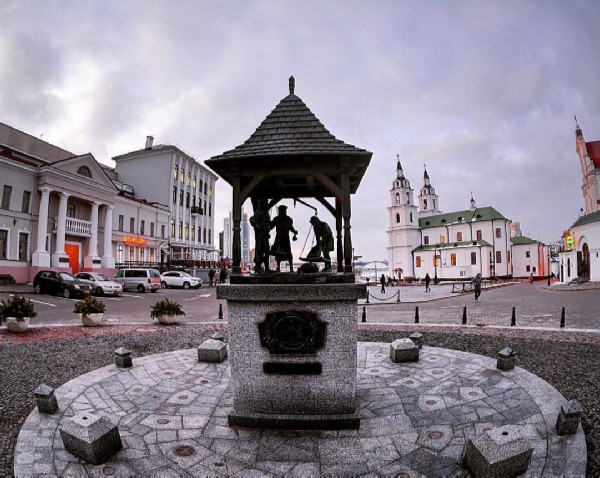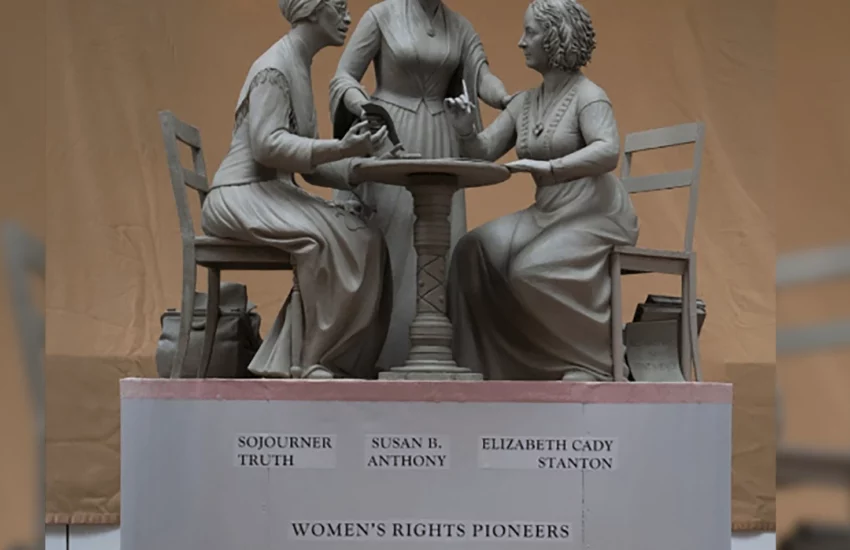Memorial to the victims of the Holocaust
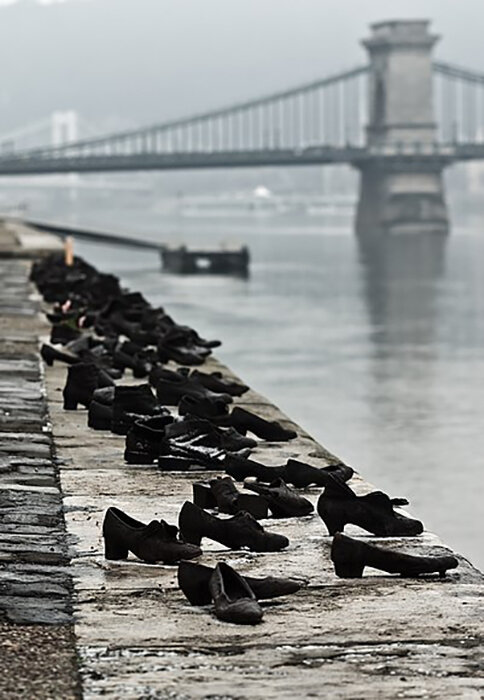
Memorial to the victims of the Holocaust Shoes on the Danube embankment
For 14 years now, on the embankment of Budapest, right next to the magnificent Parliament building, there is a memorial, which the Argumenty i Fakty newspaper once called “the most poignant monument in the world.” On the very edge of the shore there are 60 pairs of cast-iron boots in memory of the victims of the Holocaust.
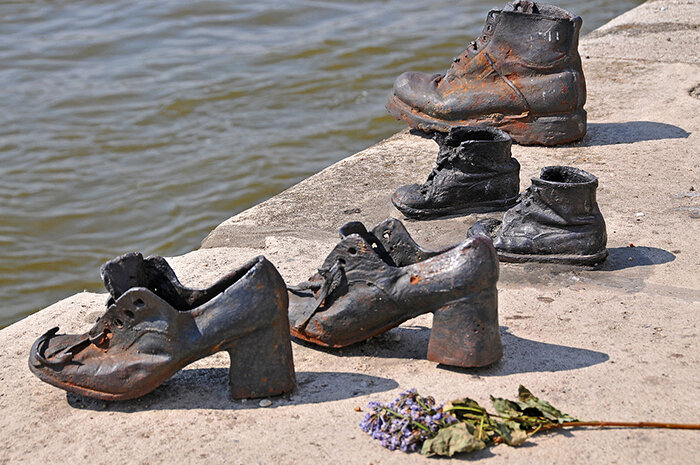
Arrow Cross Party
Budapest managed to avoid the mass execution of Jews until 1944 – this year the local Arrow Cross party came to power, supporting the views of Nazism, in particular, on the destruction of the Jewish nation.
Most members of the Arrow Cross party were ordinary Hungarian workers, but in total, all segments of the population were represented in this party – both officers and peasants, inclusive. In 1944, its founder, Ferenc Salashi, contacted the Nazi government directly and received support from him. Just yesterday, living as one people, after winning the elections (“Arrow Crossed” received 70% of the seats in parliament), Budapest changed instantly. The mass deportation of Jews and Gypsies to concentration camps in Germany and numerous massacres of civilians began.
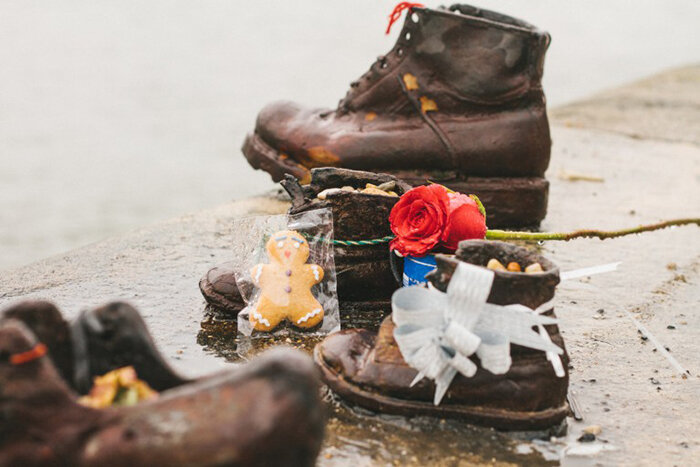
Often Jews were brought from all over the country on trucks to the banks of the Danube.
They were asked to take off their shoes, leave their shoes, then loaded onto barges and taken away in an unknown direction. Often, bare-shod people were lined up along the river bank and shot in the back.
The shoes that the victims left behind were either used by the Nazis themselves or sent for sale – in the fifth year of the war, this was a valuable commodity that was always in demand.
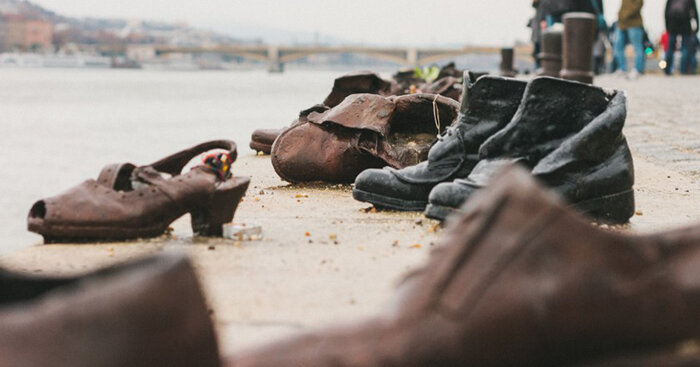
In just the five months the Arrow Cross were in power, about 10,000 people were killed in the city in the course of the march and more than 80,000 were sent to concentration camps.
The idea of this memorial belongs to director Ken Togay. He invited the sculptor Gyula Power to cast iron 60 pairs of shoes – exact copies of those worn in the 1940s. These are men’s shoes, and women’s shoes, and children’s shoes – worn out, worn shoes that people left on the eve of their death.
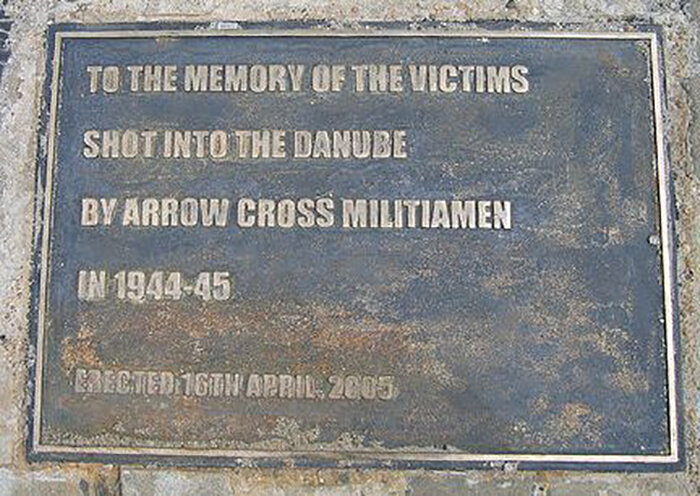
Next to this exposition is a long 40-meter bench with commemorative plaques in three languages - Hungarian, English and Hebrew.
